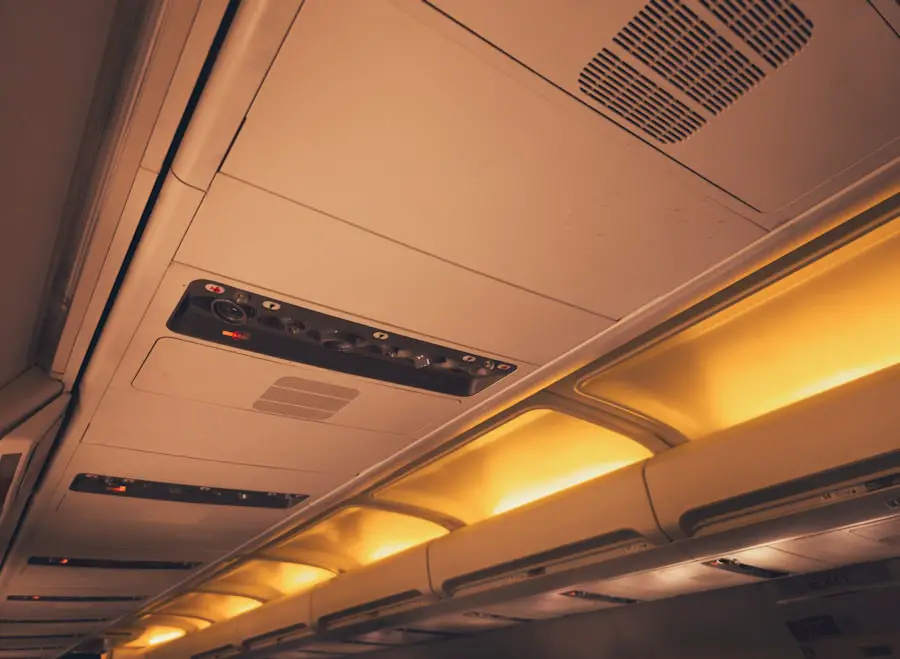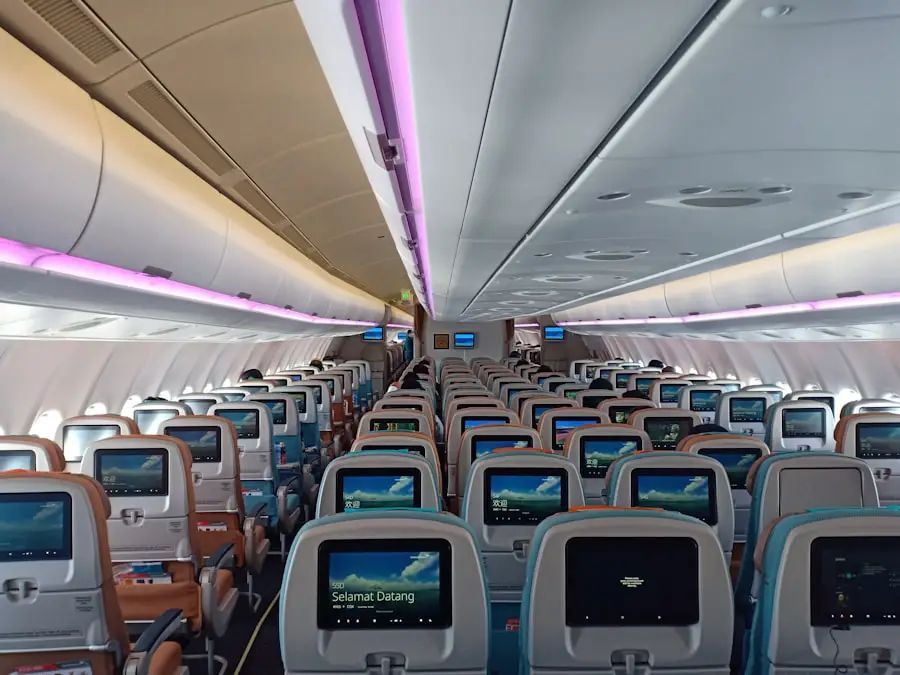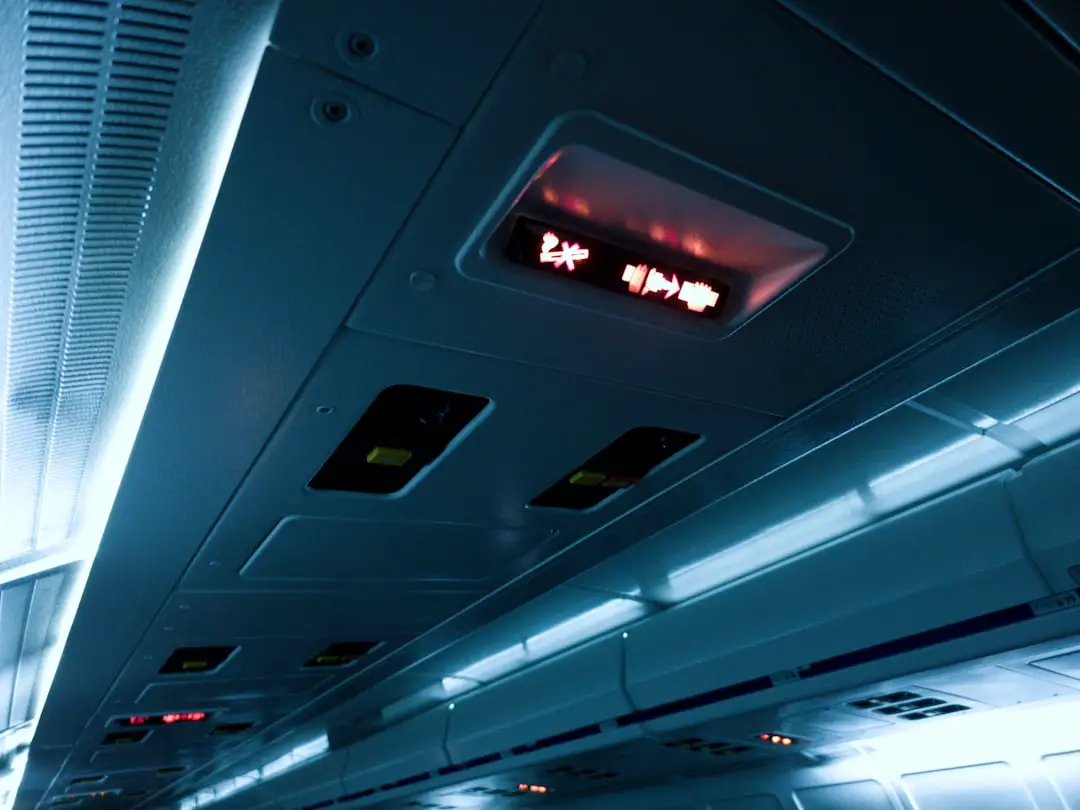Selecting the appropriate domestic airline can significantly influence your travel experience, making it essential to consider various factors before booking your flight. One of the primary considerations is the airline’s reputation for reliability and customer service. Airlines such as Delta, Southwest, and American Airlines have established themselves as leaders in the industry, often receiving high marks for on-time performance and customer satisfaction.
Researching recent reviews and ratings can provide insight into an airline’s operational efficiency and how they handle customer complaints or issues that may arise during travel. Another critical aspect to consider is the range of services offered by different airlines. Some airlines may provide additional perks such as complimentary snacks, in-flight entertainment, or more comfortable seating arrangements.
For instance, JetBlue is known for its spacious legroom and free Wi-Fi, which can enhance the overall travel experience. Conversely, low-cost carriers like Spirit Airlines may offer lower fares but charge extra for services that are typically included with other airlines, such as checked baggage or seat selection. Understanding these nuances can help you choose an airline that aligns with your travel preferences and budget.
Key Takeaways
- Consider factors such as route network, on-time performance, and customer service when choosing a domestic airline for your needs
- Research and compare domestic flight routes and options to find the most convenient and cost-effective options for your travel plans
- Familiarize yourself with the booking and check-in processes of your chosen domestic airline to ensure a smooth travel experience
- Pack efficiently and follow airline guidelines to avoid any issues with baggage and security checks during domestic flights
- Take advantage of in-flight services and amenities to make your domestic airline experience more comfortable and enjoyable
Understanding Domestic Flight Routes and Options
Domestic flight routes vary widely across the United States, influenced by factors such as geography, demand, and airline partnerships. Major hubs like Chicago O’Hare, Atlanta Hartsfield-Jackson, and Los Angeles International serve as critical junctions for connecting flights, allowing travelers to reach a multitude of destinations efficiently. For example, if you are traveling from New York to San Francisco, you might find direct flights available through several airlines, but if you are heading to a smaller city like Boise, Idaho, you may need to connect through a larger hub.
In addition to direct flights, understanding the various options available for domestic travel is crucial. Non-stop flights are often the most convenient but may not always be available for every route. Connecting flights can sometimes offer lower fares or more flexible scheduling options.
However, they also come with the potential for longer travel times and increased risk of delays. It’s essential to weigh the pros and cons of each option based on your specific travel needs, including time constraints and budget considerations.
Navigating Domestic Airline Booking and Check-in Processes

The booking process for domestic flights has evolved significantly with the advent of technology. Most airlines now offer user-friendly websites and mobile apps that allow travelers to search for flights, compare prices, and book tickets with ease. When booking a flight, it’s advisable to be aware of the various fare classes available.
Economy class is typically the most affordable option, but premium economy or business class may offer additional comfort and amenities for a higher price. Additionally, some airlines provide flexible fare options that allow changes or cancellations without hefty fees. Once your flight is booked, understanding the check-in process is vital to ensure a smooth travel experience.
Most airlines allow online check-in 24 to 48 hours before departure, which can save time at the airport. During online check-in, travelers can select their seats and add any additional services they may need, such as checked baggage or priority boarding. For those who prefer to check in at the airport, self-service kiosks are often available to expedite the process.
However, it’s important to arrive at the airport well in advance of your flight to account for security screening and potential delays.
Packing Tips and Guidelines for Domestic Flights
| Item | Guidelines |
|---|---|
| Luggage Size | Check with the airline for specific dimensions and weight limits for carry-on and checked luggage. |
| Restricted Items | Avoid packing prohibited items such as sharp objects, flammable materials, and liquids over 3.4 ounces in carry-on luggage. |
| Packing Techniques | Use packing cubes or compression bags to maximize space and keep items organized. Roll clothes to save space and prevent wrinkles. |
| Valuables | Keep valuable items, important documents, and medications in your carry-on bag for easy access and security. |
| Electronics | Place electronics in a separate, easily accessible bag for security screening. Consider using a TSA-approved lock for added protection. |
Packing efficiently for a domestic flight can enhance your travel experience and minimize stress at the airport. One of the first steps is to familiarize yourself with the airline’s baggage policies, as these can vary significantly between carriers. Most airlines allow one carry-on bag and one personal item free of charge, but size restrictions apply.
For example, a common guideline is that carry-on bags should not exceed 22 x 14 x 9 inches. Knowing these dimensions can help you avoid unexpected fees at the gate. When packing your carry-on bag, it’s wise to include essential items such as medications, travel documents, and a change of clothes in case your checked luggage is delayed or lost.
Additionally, consider packing snacks and entertainment options like books or electronic devices loaded with movies or music to keep yourself occupied during the flight. Organizing your belongings with packing cubes or compression bags can also maximize space and make it easier to find what you need during your journey.
Understanding In-Flight Services and Amenities
In-flight services and amenities can greatly enhance your overall flying experience, making it essential to understand what each airline offers before you book your ticket. Many airlines provide complimentary snacks and beverages on domestic flights; however, the quality and variety can differ significantly. For instance, Alaska Airlines is known for its fresh food options and local craft beer selections, while other airlines may offer only basic snacks like pretzels or peanuts.
In-flight entertainment is another aspect worth considering when choosing an airline. Some carriers provide seatback screens with a selection of movies and TV shows, while others may offer streaming services that allow passengers to watch content on their personal devices. Wi-Fi availability is also an important factor; airlines like Delta and JetBlue offer free Wi-Fi on many flights, while others may charge a fee for access.
Understanding these amenities can help you select an airline that aligns with your preferences for comfort and entertainment during your journey.
Tips for Making the Most of Your Domestic Airline Experience

To maximize your domestic airline experience, consider adopting a proactive approach to your travel plans. One effective strategy is to arrive at the airport early to allow ample time for check-in, security screening, and any potential delays. This not only reduces stress but also provides an opportunity to explore airport amenities such as lounges or dining options before your flight.
Many airports now feature a variety of shops and restaurants that can enhance your travel experience while you wait. Another tip is to stay informed about your flight status through the airline’s app or website. Real-time updates regarding gate changes or delays can help you adjust your plans accordingly.
Additionally, engaging with airline staff can be beneficial; they are often willing to assist with any questions or concerns you may have about your flight or connecting services. Building rapport with staff members can sometimes lead to unexpected perks or assistance during your journey.
Navigating Security and Customs for Domestic Flights
Navigating airport security is a crucial part of the domestic flying experience that requires preparation and awareness of regulations. The Transportation Security Administration (TSA) has established guidelines regarding what items are permissible in carry-on luggage. Familiarizing yourself with these rules can expedite the security screening process; for example, liquids must be in containers of 3.4 ounces or less and placed in a quart-sized clear plastic bag.
Additionally, wearing easily removable shoes and minimizing metal accessories can help speed up the screening process. While customs is typically associated with international travel, there are instances where domestic travelers may encounter customs inspections when flying between U.S. territories or states with specific regulations regarding agricultural products.
For example, traveling from Hawaii to California may require declarations regarding certain fruits or plants due to agricultural restrictions aimed at protecting local ecosystems. Being aware of these regulations can prevent delays or complications upon arrival at your destination.
Exploring Loyalty Programs and Benefits for Domestic Airline Travelers
Loyalty programs have become an integral part of the airline industry, offering frequent travelers various benefits that enhance their flying experience. Most major airlines operate loyalty programs that reward members with points or miles for each flight taken, which can be redeemed for free flights, upgrades, or other perks such as priority boarding or access to airport lounges. For instance, American Airlines’ AAdvantage program allows members to earn miles not only through flights but also through partnerships with hotels and car rental companies.
Understanding how to maximize these loyalty programs can lead to significant savings over time. Many airlines offer tiered membership levels that provide increasing benefits as travelers accumulate more miles or segments flown within a calendar year. For example, reaching elite status may grant access to complimentary upgrades on flights or additional baggage allowances.
Additionally, some credit cards are designed specifically for frequent flyers, allowing cardholders to earn bonus miles on purchases made outside of air travel. By strategically utilizing these programs and credit card partnerships, travelers can enhance their overall domestic flying experience while enjoying valuable rewards along the way.
When considering domestic airlines for your next trip, it’s important to also think about how to choose the best travel guidebook to enhance your travel experience. A helpful resource on this topic can be found in the article How to Choose the Best Travel Guidebook for Your Next Trip. This article provides valuable tips and insights on selecting the right guidebook to make the most of your journey.
FAQs
What is a domestic airline?
A domestic airline is an airline that operates within a specific country, providing air travel services for passengers and cargo within the country’s borders.
What services do domestic airlines offer?
Domestic airlines offer a range of services including scheduled passenger flights, cargo transportation, and sometimes charter flights within the country.
How do domestic airlines differ from international airlines?
Domestic airlines operate within a specific country, while international airlines provide air travel services between different countries. Domestic airlines typically have a smaller network and focus on serving domestic routes.
What are some examples of domestic airlines?
Examples of domestic airlines include American Airlines, Delta Air Lines, Southwest Airlines, and United Airlines in the United States, Air Canada in Canada, and Qantas in Australia.
What regulations do domestic airlines have to follow?
Domestic airlines are subject to regulations set by the civil aviation authority of the country in which they operate. These regulations cover safety standards, operational procedures, and customer rights.
